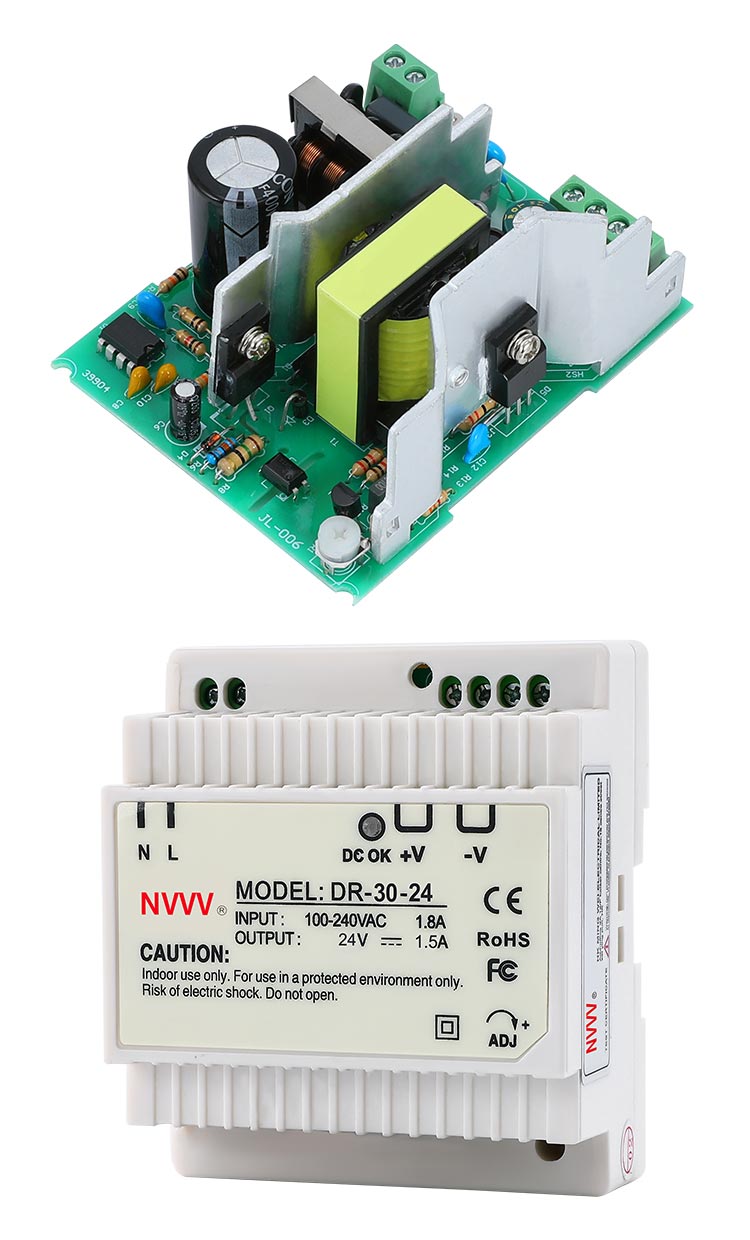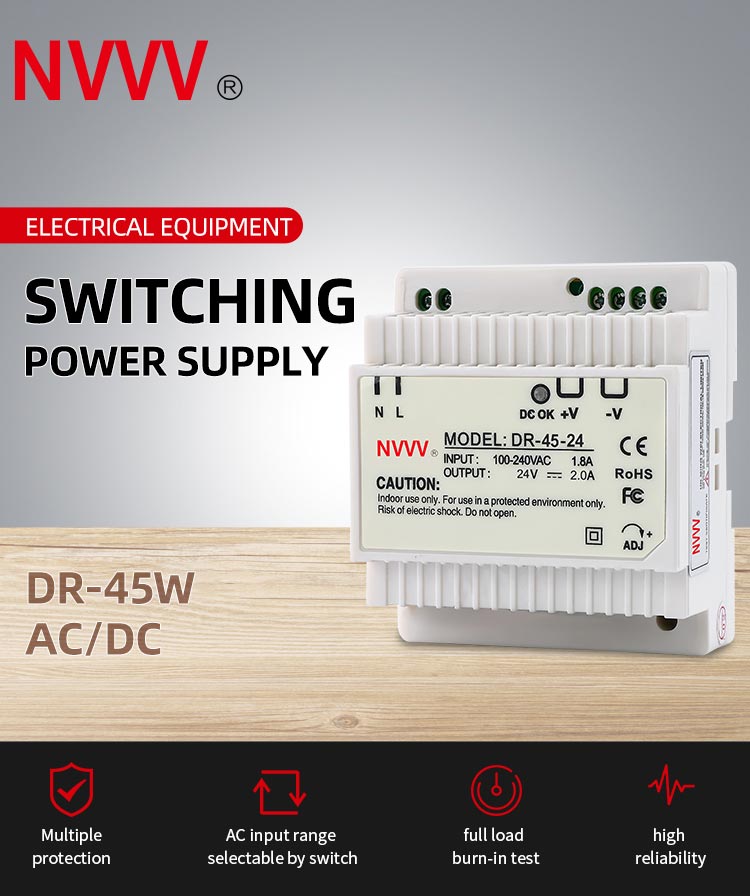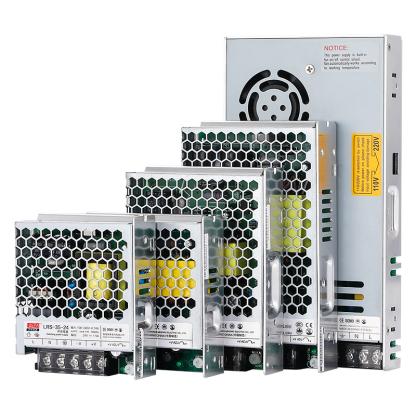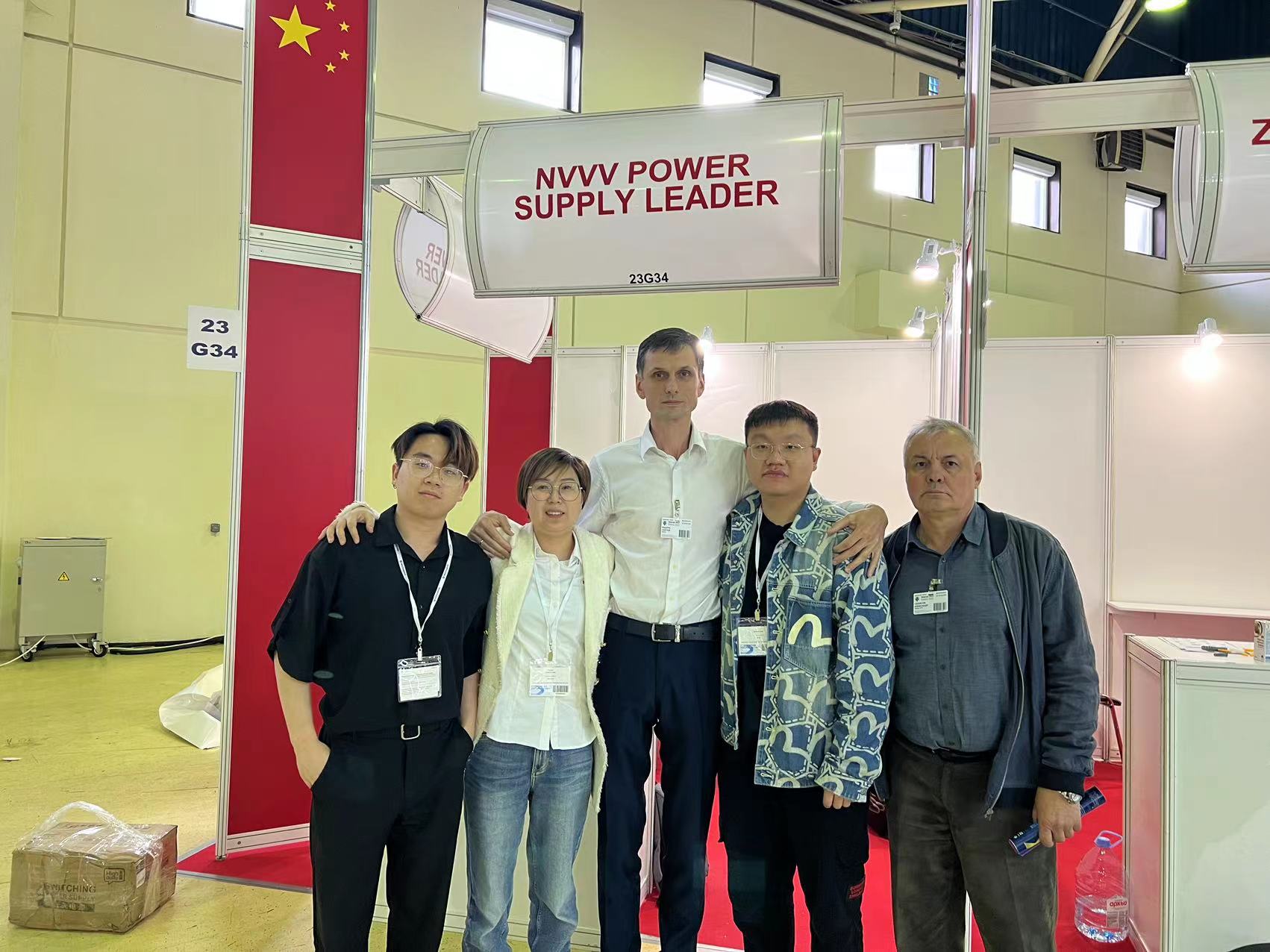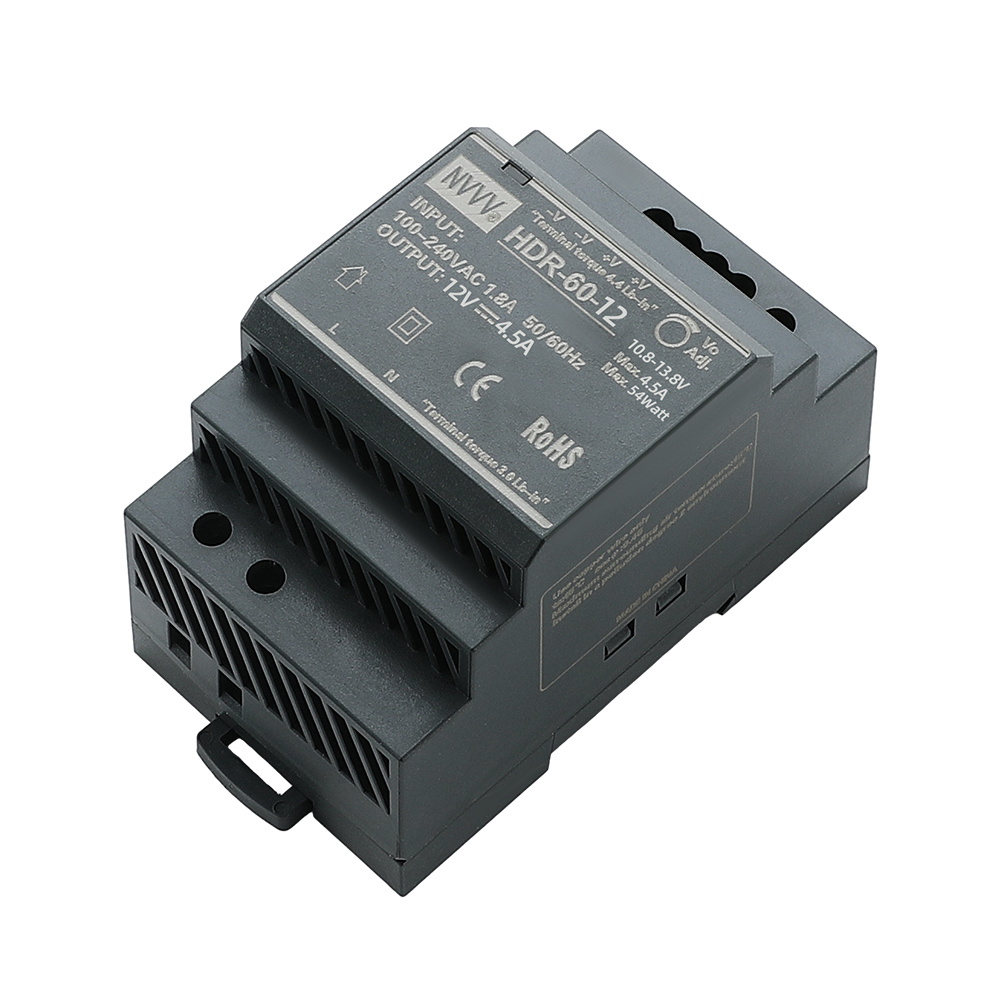7 Critical Reasons Why AC to DC Conversion Is Essential – Don't Ignore These!
Why Do We Need to Convert AC to DC? Electricity plays a crucial role in our daily lives, powering everything from household appliances to industrial equipment. However, not all electrical devices use the same type of power. The electricity supplied to homes and buildings is typically Alternating Current (AC), while most electronic devices operate on Direct Current (DC). This fundamental difference necessitates the conversion of AC to DC.
Understanding AC and DC Power
AC (Alternating Current) and DC (Direct Current) are the two primary types of electrical current. The key difference lies in the direction of the flow of electric charge:
-
AC power alternates direction periodically, making it highly efficient for long-distance transmission and widely used in power grids.
-
DC power flows in a single direction, which is essential for electronic circuits, batteries, and semiconductor-based devices.
Because of these differences, AC power must be converted to DC before it can be used by most modern electronic devices, such as smartphones, laptops, LED lights, and microcontrollers.
Why Is Electricity Transmitted in AC?
When electricity is generated at power plants, it is in AC form due to its multiple advantages over DC for power transmission:
-
Efficient Long-Distance Transmission – AC can be easily stepped up to very high voltages using transformers, reducing power loss over long distances. Lowering current in high-voltage transmission lines minimizes resistive heating and energy loss.
-
Easier Voltage Conversion – Transformers allow AC voltage to be adjusted up or down as needed, which is much harder to do with DC power.
-
Standardization and Infrastructure – The global power grid is based on AC distribution, making it the default choice for homes and businesses.
How Is AC Converted to DC?
To power electronic devices, AC from the mains supply (110V-250V, depending on your location) needs to be converted into a lower, stable DC voltage. This process involves several steps:
1. Rectification
Rectification is the process of converting AC to DC. This is done using diodes, which allow current to flow in only one direction. There are two main types of rectification:
Half-Wave Rectification – Uses a single diode to block the negative half of the AC waveform, resulting in a pulsating DC signal with a lot of ripple.
Full-Wave Rectification – Uses four diodes in a bridge configuration to invert the negative half of the AC waveform, producing a more consistent DC output.
2. Smoothing
After rectification, the output still has fluctuations (ripples). To smooth this out, a capacitor is used to store and release energy, reducing the voltage ripple. A larger capacitor leads to better smoothing, but practical limitations exist based on circuit design.
3. Voltage Regulation
Even after smoothing, the voltage may still fluctuate based on load changes. Voltage regulators (such as linear regulators or switching regulators) stabilize the output, ensuring that connected devices receive a consistent voltage level (e.g., 5V, 12V, or 24V DC).
Types of AC-DC Power Supplies
There are different types of AC-DC power supplies, each designed for specific applications:
1. Wall-Mount Adapter
External power supply with an integrated AC plug.
Commonly used for small electronics like routers, phone chargers, and portable devices.
Available with fixed or interchangeable AC plugs to support different regions.
2. Desktop Adapter
External power supply, typically used for laptops, monitors, and larger electronics.
Includes an AC inlet (Class I with grounding or Class II without grounding) and a variety of DC output jacks.
3. Open-Frame Power Supply
Internal power supply without an enclosure.
Commonly found in industrial applications where space and airflow are important.
Typically mounted on a circuit board (PCB-mount type) or connected via a wafer-type connector.
4. Encapsulated Power Supply
Can be either internal or external.
Protected in a sealed enclosure for better durability.
Available in PCB-mount (pin type) or wire connection options.
5. Enclosed Power Supply
Internal power supply with a metal enclosure for protection and heat dissipation.
Used in applications requiring higher power outputs and safety measures.
6. DIN-Rail Power Supply(DIN-Rail SMPS)
Designed for industrial control panels and automation systems.
Mounted on DIN rails, providing easy installation and wiring in industrial settings.
Why Is AC-DC Conversion So Important?
The process of converting AC to DC is essential for modern technology. Here’s why:
- Compatibility with Electronic Components – Almost all electronic circuits operate on DC voltage.
- Safety and Stability – DC power eliminates risks associated with AC fluctuations and ensures stable operation of devices.
- Battery Charging – Many devices rely on rechargeable batteries, which require DC for charging.
- Energy Efficiency – Modern power supply designs aim to maximize efficiency and minimize energy waste during conversion.
Frequently Asked Questions (FAQ)
1. Can I use a 12V AC power supply for a 12V DC device?
No. A 12V AC power supply fluctuates between positive and negative voltages, while a 12V DC device requires a steady voltage. Directly using AC power can damage DC devices.
2. What happens if AC power is supplied to a DC circuit?
Most DC circuits are designed to handle only unidirectional current. Applying AC power can damage electronic components, cause excessive heating, and lead to circuit failure.
3. How do I choose the right AC-DC adapter for my device?
To choose the right AC-DC adapter, consider:
- Voltage Rating – Must match the required DC voltage of the device.
- Current Rating – The adapter should provide at least as much current (A) as required by the device.
- Connector Type – Ensure the plug and polarity match the device input.
Conclusion
Converting AC to DC is a fundamental process in electronics. While AC is the preferred choice for power generation and distribution, DC is necessary for electronic devices. Through rectification, smoothing, and voltage regulation, AC-DC power supplies make it possible to safely and efficiently power our everyday devices. Whether it's a small phone charger or an industrial power supply, the importance of AC-DC conversion cannot be overstated.

